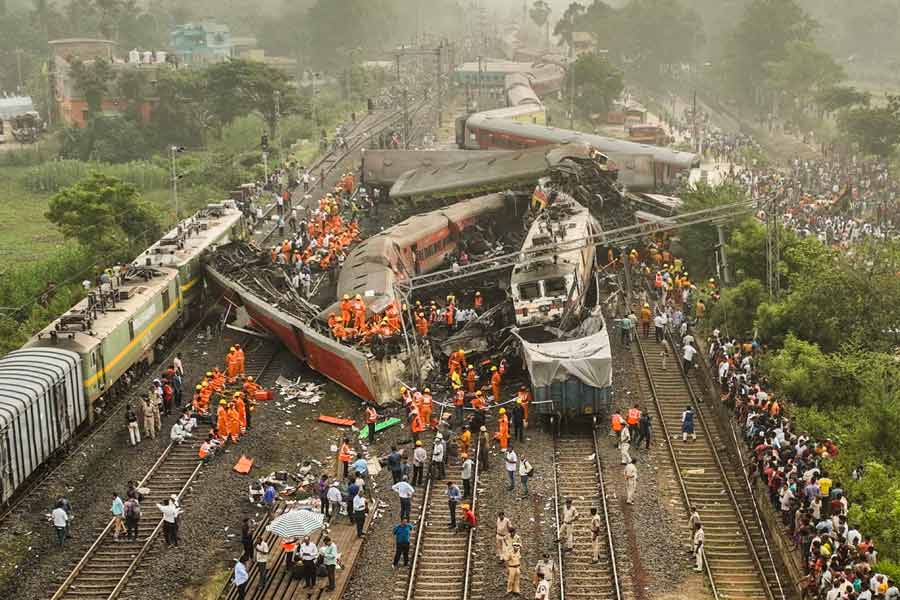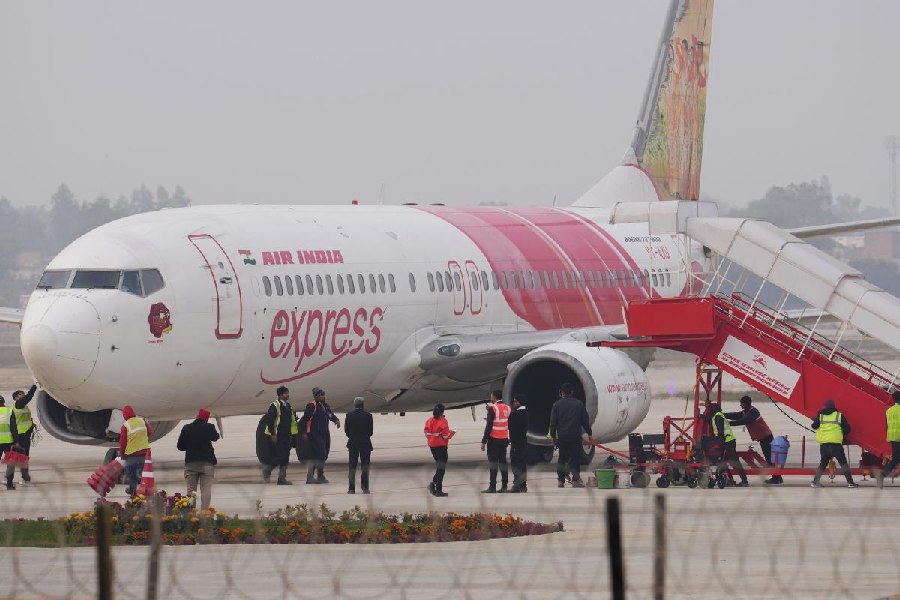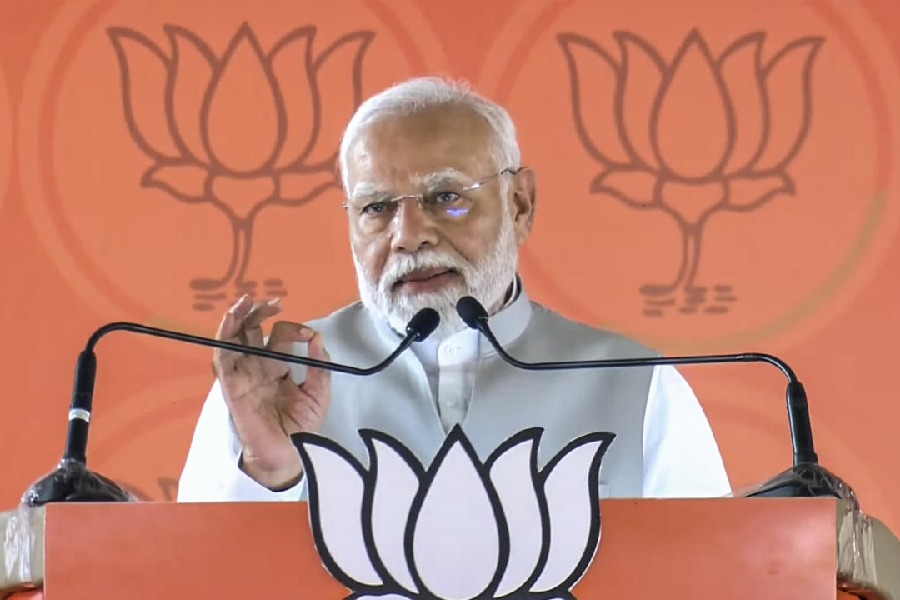With over 100 unidentified bodies from Balasore triple train crash pilling up in different hospitals here, AIIMS, Bhubaneswar has started DNA sampling of the claimants, an official said on Tuesday.
As many as 10 samples have so far been collected from the claimants, a senior official of AIIMS, Bhubaneswar said to PTI.
He said the bodies have now been shifted to five containers where they can be preserved for a longer period.
The official said there should be no hurry in disposing of the bodies after DNA sampling as they can be preserved in the container for six months.
Of the 278 dead persons, 177 bodies have been identified while another 101 need to be identified and handed over to their families.
AIIMS, Bhubaneswar had received 123 bodies of which around 64 have been identified. The hospital has requisitioned five freezers from Paradip Port to slow down the decay of the bodies.
A claimant from, Jharkhand on Tuesday alleged that they had on Monday identified the body of Upendra Kumar Sharma, but it was handed over to someone else on Tuesday.
"What is the point of doing DNA sampling if the body has been handed over to someone else. We had identified Upendra from the tattoo mark on his body," the relative said.
However, Dr Pravas Tripathy, Deputy Superintendent of AIIMS, Bhubaneswar, said that the bodies were being handed over after a detailed inquiry. It is a fact that more than one family have been claiming a single body and for that DNA sampling is being done.
Replying to a question, he said that it may require at least 7 to 10 days to get a DNA sampling report.
As the bodies are now being kept in the container, there should be no problem in preserving them, he said.
According to media reports, identification of the body has proved to be a real challenge in some cases. The BBC reported that Muhammad Nizamuddin was unable to stake claim to his dead grandsons’ bodies.
Although the tragedy had mutilated their faces, Nizamuddin was still able to recognise them. Left with no other alternative, he made his way to Bhubaneshwar, where nearly 100 unclaimed bodies have been kept in four hospitals - but an official there informed him that his grandson's body had already been claimed by another family but is yet to be handed over to them.
The dead and mangled bodies are being embalmed to give the kin of victims more time to identify bodies, reports NDTV. An AIIMS (New Delhi) doctor said it was "not advisable" to keep damaged bodies too long as even embalming wouldn't help.
A Shariff, the Head of Department, Anatomy, AIIMS, said a body could be preserved "for years" only if the embalming is done correctly, within 12 hours.
"Decomposition depends on a number of factors, including ambient temperature. Bodies are fine for seven-eight hours, even 12 hours, provided the temperature is not too high. Ice and cold storage delay decomposition," Dr Shariff said
AIIMS Executive Director Ashutosh Biswas informed that by the time the hospital received the bodies, it was already 30 hours past the time of the accident.
Most of the victims belonged to West Bengal, Bihar, Jharkhand, Andhra Pradesh and Tamil Nadu besides Odisha.
Meanwhile, three agencies - CBI, Commissioner of Railway Safety (CRS) and Government Railway Police, Balasore - have started an inquiry into the Balasore triple train crash in which at least 278 people were killed.
Meanwhile, Khurda Divisional Railway Manager (DRM) Rinkesh Roy suspected outside physical tampering of equipment for which the Coromandel Express entered into the loop line and hit the iron-laden goods train on June 2.
Roy said when the Coromandel Express passed through Bahanaga Bazar station, there was a green signal on the main line. The signal is usually green when all the pre-conditions required for the signal to go green are perfect. If any of the pre-conditions does not meet, technically the signal can never turn green. Unless and until anyone tampers with the signal system, it remains red, Roy said.
Stating that the railways have a system called data logger where each event starting from the pushing of signal buttons gets recorded, the DRM said that the "data logger shows that there was a green signal. It can't be possible unless someone has tampered with it." The Coromandel Express crashed into a stationary goods train, derailing most of its coaches at 7 pm on June 2.
A few coaches of Coromandel toppled over the last few coaches of the Bengaluru-Howrah Express which was passing by at the same time.
Investigators are looking into possible human error, signal failure and other possible causes behind the three-train crash.
Except for the headline, this story has not been edited by The Telegraph Online staff and has been published from a syndicated feed.











